When the Disney Institute launched, it was with the full force of Eisner’s support. He allegedly admitted that he didn’t even expect or require the Disney Institute to turn a profit for at least its first few years given the start-up cost, the small class sizes he considered essential, and the staff needed to teach such specialized courses.
But even Eisner couldn’t have been prepared for how wrong things went. The Disney Institute encountered some major problems right out of the gate:
1. LOW OCCUPANCY ON-SITE. Guests registering for a Disney Institute course didn’t actually need to stay at the Villas at the Disney Institute. That turned out to be a problem. After all, the “new” Villas weren’t actually new at all, yet carried a premium price tag.
So is it any surprise that the Institute’s more affluent course-takers tended to book stays at the resort’s more extravagent Deluxe hotels, and that families who signed up for a class opted to stay at the brand new Value-priced resorts just a bus ride away? Actual, on-site occupancy at the resort was reportedly well below expectations, which severely impeded on the Chautauqua-esque, immersive and inclusive “learning community” feeling.
2. THE CANCELLED-CLASS DOMINO EFFECT. It wasn’t just that the Institute’s on-site occupancy levels were below expectations; so were course sign-ups. Eisner had imagined highly specialized courses with small class sizes as the Institute’s key, even if they were loss leaders. But with low immediate interest, niche topics were cut and guests we redirected to core subjects. Korkis reports that:
Within six months, classes like genealogy, spiritual inquiry, power babysitting, and money management – along with all the staff teaching them – were suddenly cut. That started a domino effect and, by 1997, the entire Story Arts curriculum, including classes like Storytelling Journeys and As Walt Would Tell It were also gone. […] It’s important to realize that the Disney Institute right from the beginning had the highest rated guest satisfaction surveys on all of [Disney] property and maintained that until major cuts started happening in 1998.

3. DEEP DISCOUNTS CHEAPENED THE PRODUCT. To recoup the percieved losses of the faltering Institute, spread word-of-mouth, and get people booked into programs, Disney did the unthinkable: it offered a good deal. To entice guests into the experience, single-day courses were offered for $49 – a move almost certainly meant to make the Disney Institute fit alongside other day-long attractions like a day at a theme park or the new Declassified Disaster: DisneyQuest. And while guests did try out the courses, discounts are a double edged sword… After all, even if a guest enjoyed their $49 day class, did they like it enough to pay $500 for a three-day version?
4. WHERE DOES ‘DISNEY’ FIT INTO THE DISNEY INSTITUTE? On the Institute’s Opening Day, Mickey Mouse was on-site for the ribbon-cutting. Allegedly, Richard Hutton, Vice President of the Disney Institute announced to his team after, “This is the last time that Mickey Mouse sets foot on this property.” In other words, Hutton was determined to elevate the Institute into a serious, respected, prestigious, and exclusive campus for learning real trades and practicing new skills.
Hutton reportedly rejected the notion of creating vacation packages that bundled Institute days with theme park days, insisting that the Institute should cater to upscale guests who wanted a high-end retreat. To his alleged thinking, guests needed to be “all in” on the concept, not playing hooky to visit Magic Kingdom. The Disney Institute was for those willing to forego Disney’s cartoon amusements.
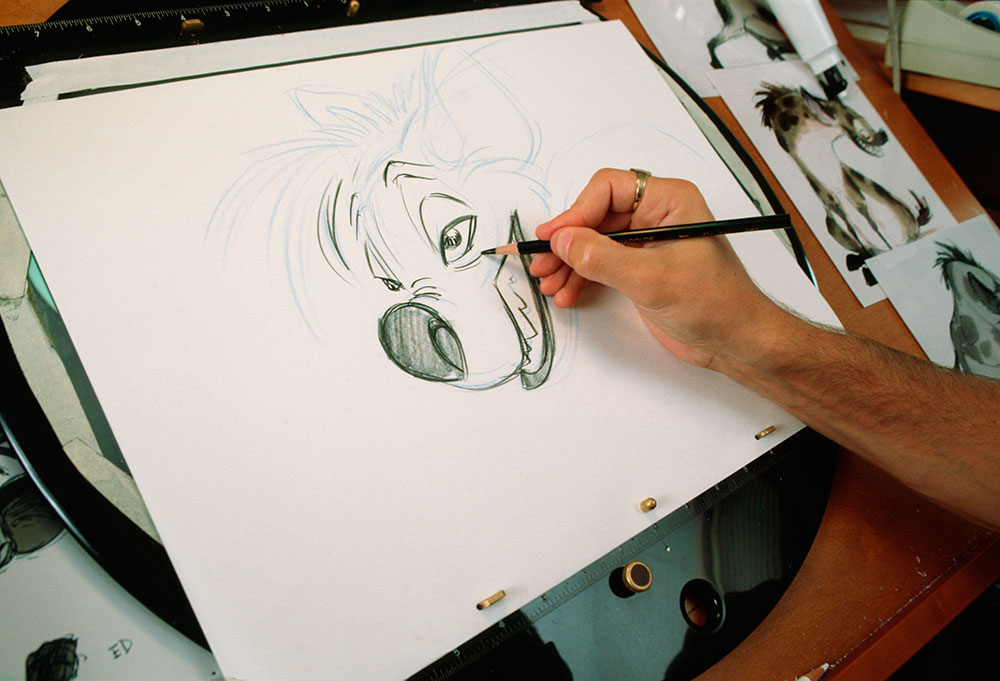
But couldn’t it be that people would come to the Disney Institute to learn how to be… well… more like Disney? Korkis recalls that the most popular courses were ones in which guests learned to draw from Disney animators, learned about Disney filmmaking in the cinema, and shaped and took home their own mini Mickey Mouse topiary. The poisonous “purity test” of actively avoiding Disney cliches wherever possible may have hurt the Institute more than it helped. After all, you can take a cooking class without flying to Orlando.
It was quickly clear that of all of Disney World’s expansions and pivots in the ’90s, Eisner’s dreams of a Disney Institute just weren’t meant to be. Even if he wanted to defend the concept or take it back to the drawing board, it was too late; Eisner himself was embroiled in a tumultuous battle against the very person who’d rallied for his hiring in the ’80s – Roy E. Disney, who has now calling for Michael’s dismissal.
So here’s where the story splits in two.
What happened to the program?
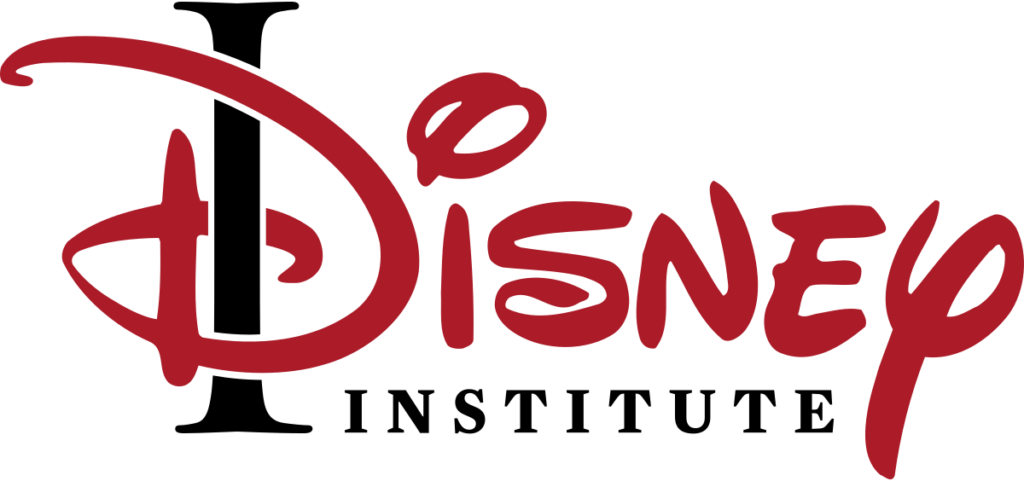
In 2000 – after just four years of declining attendance and cut-down classes – the Disney Institute changed its focus for good. The campus largely ceased offering creative classes for guests.
Though it retained the name, the new Disney Institute was wholly turned over to corporate professional development, serving as a site for companies to have their teams trained in Disney-style customer service and business practices – ironically, teaching people to be more like Disney. It wasn’t a bad idea given that Disney’s policies, procedures, and Cast Members are widely regarded as the best in the business…. But the new Disney Institute certainly didn’t need a sprawling, charming, New England-stylized campus on prime real estate across the lake from the hip-and-happening Downtown Disney.
In 2003, the Disney Institute campus closed for good.
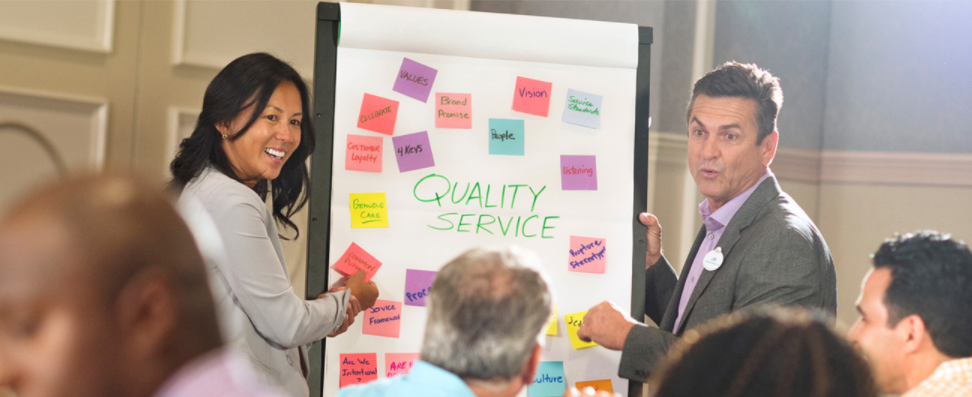
Instead, the Disney Institute lives on today as a series of targeted corporate professional development and training courses presented online, at regional locations (like conference centers), and at Disney destinations. Revealing the “secrets” behind Disney’s globally recognized customer service, the feel-good courses are meant to inspire and energize teams around tricks that parks fans know all too well, like putting people first, the concept of being “on-stage,” and the four keys to guest service (safety, courtesy, show, and efficiency).
It may not be the Disney Institute it once was, but this traveling and destination training program is obviously well-attended enough and revenue-generating enough to warrant its continued operation twenty years later.
What happened to the place?
The “new” Disney Institute vacated the Chautauqua-stylized campus near Downtown Disney in 2003. While Eisner’s mid-’90s bet on an informal residential education institution right in the middle of Disney World hadn’t taken off, another concept from the era had: the timeshare-based Disney Vacation Club.
By 2003, four DVC properties existed in Walt Disney World alone (the original Old Key West, Boardwalk Villas, Beach Club Villas, and Boulder Ridge at Wilderness Lodge) as well as two standalone properties (Vero Beach and Hilton Head). DVC had proven itself a high-revenue business that perfectly matched Disney World’s real-estate focus. And now, Disney had a large resort property on prime real estate near Downtown Disney available for development.
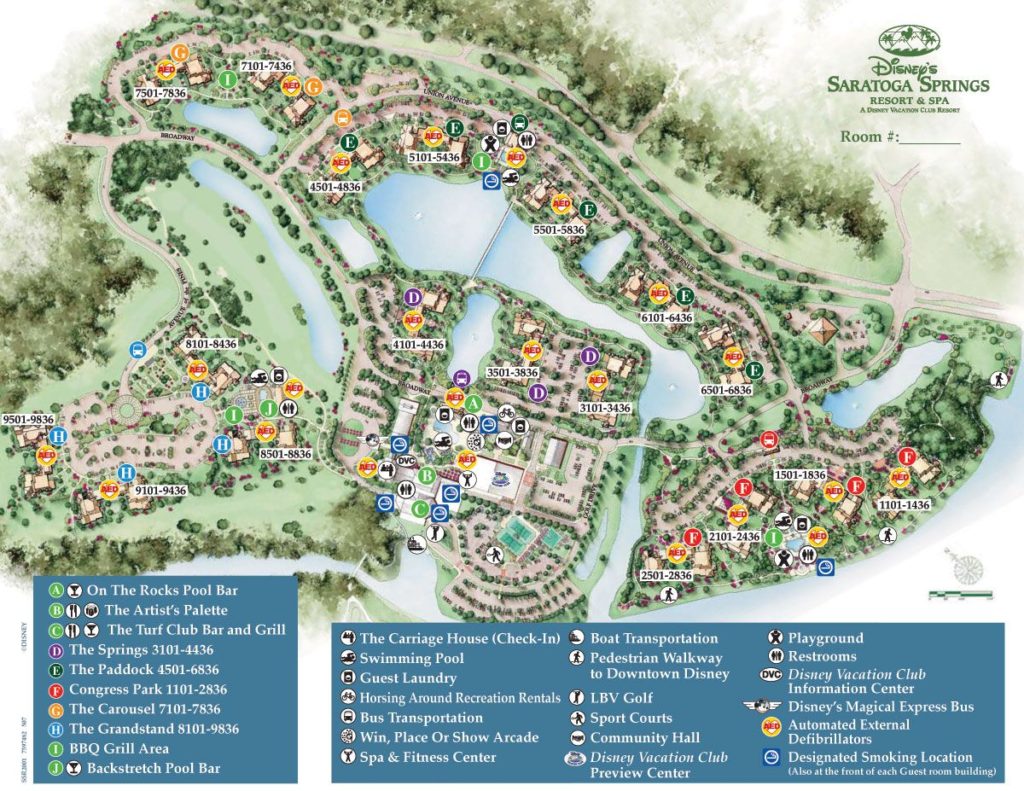
Most of the Disney Institute’s Villas (dating back to 1975) were demolished, as were the North Studios (formerly, the Walt Disney World Conference Center from 1980). For the most part, only the Treehouse Villas and the central campus of New York lakeside town buildings remained. Fittingly, Disney announced that the remains of the Disney Institute would be reborn as the seventh (and to this day, largest) DVC property: Disney’s Saratoga Springs Resort & Spa, named for and stylized after the city of Saratoga Springs in upstate New York.
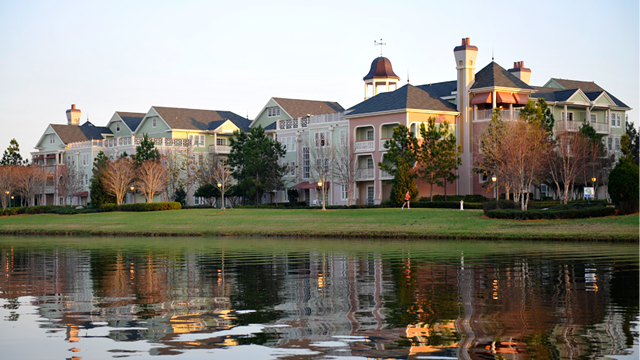
In fact, the resort’s custom-built guest accomodations are described as part of an “1880s, Victorian, upstate New York lakeside retreat” amid “pastoral landscapes, formal gardens, bubbling springs, and natural surroundings.” Yeah, frankly, Saratoga Springs looks more like Chautauqua, New York than the Disney Institute with its repurposed bungalows ever did…
Edutainment
Disney has always walked a tightrope between entertainment and education. From Walt’s original park that shared his love of the nostalgic and the futuristic to ongoing attempts at telling the story of America and its people, learning was a part of Disneyland from the start. You can follow that thread to EPCOT (by way of its portfolio of Lost Legends) and to the reality-free Ride the Movies anchors of the ’90s, then to Disney’s Animal Kingdom and beyond…
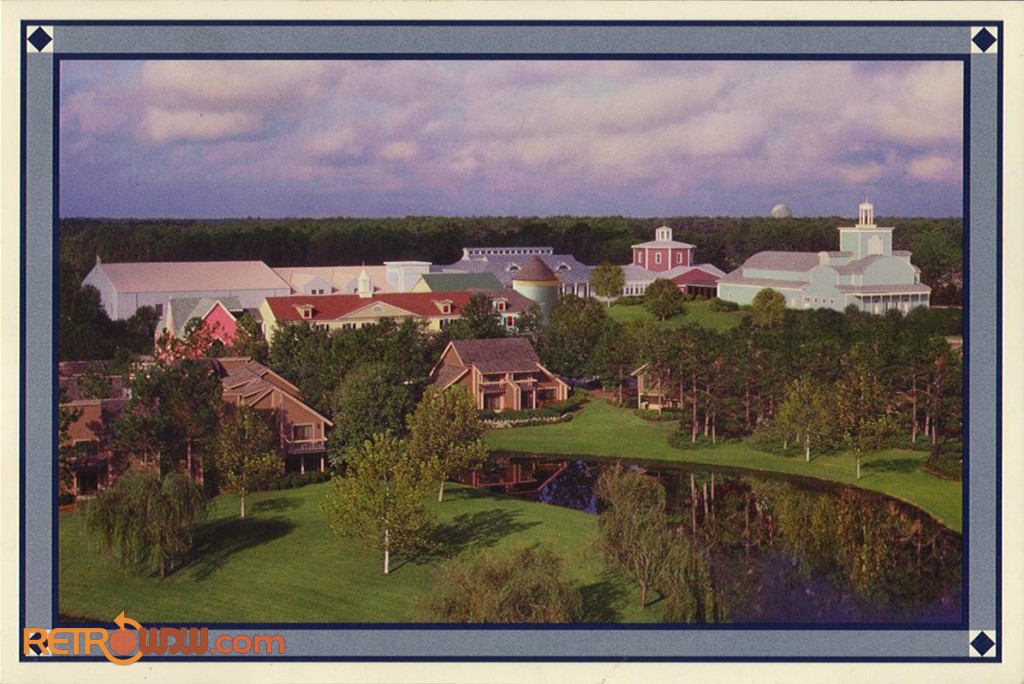
The point is, finding the balance between empowering guests to build a better world and allowing them to escape from it entirely is one that’s not easy to find, and even harder to maintain. Michael Eisner opened the Disney Institute promising “The Disney Institute is stimulation for the mind. At Disney we have fun, escapism and, now, a campus for smart fun.” Obviously, despite his attempts, it didn’t find the balance, either.
However, the Disney Institute was a unique, unusual, and well-meaning risk. Regardless of its ultimate success (or lack thereof), we ought to at least appreciate that it was the kind of project we’re unlikely to see from the Walt Disney Company again: something authentically, earnestly, and unapologetically different. The Disney Institute was as brave and as bold as the Disney Vacation Club, even if it was ultimately much less successful. And even if it, like EPCOT Center, seemingly failed to crack the case of learning on vacation, at least it tried something different.
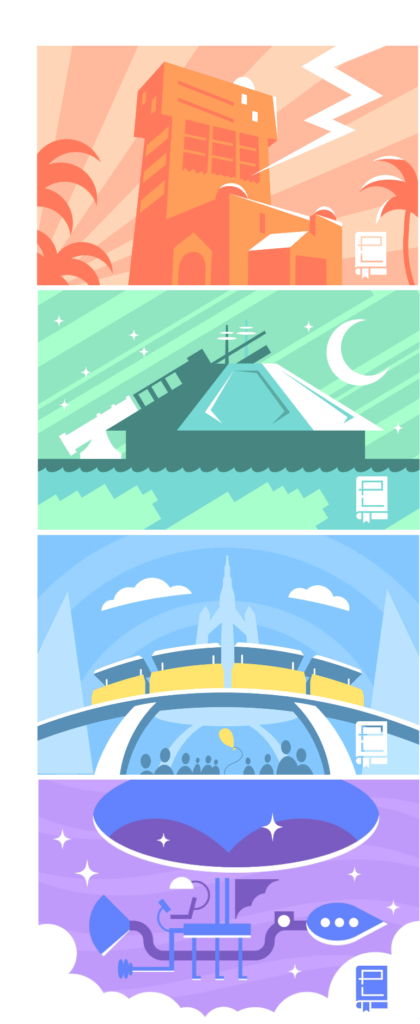
Thank you so much for reading. Now, it’s your turn to join the story. If you enjoy spending time falling down the “rabbit hole” of Park Lore’s in-depth, ad-free, member-supported stories, consider becoming a Member for as little as $2 / month.
Members can unlock rare concept art in every tale, reveal attraction audio streams in select stories, gain access to over a hundred exclusive articles in our quick-read Extra Features and in-depth Special Features collections, gain exclusive podcast extras, and receive an annual member card and merch in the mail! (Plus, y’know, supporting research-based, ad-free, clickbait-free, in-depth theme park writing!)


